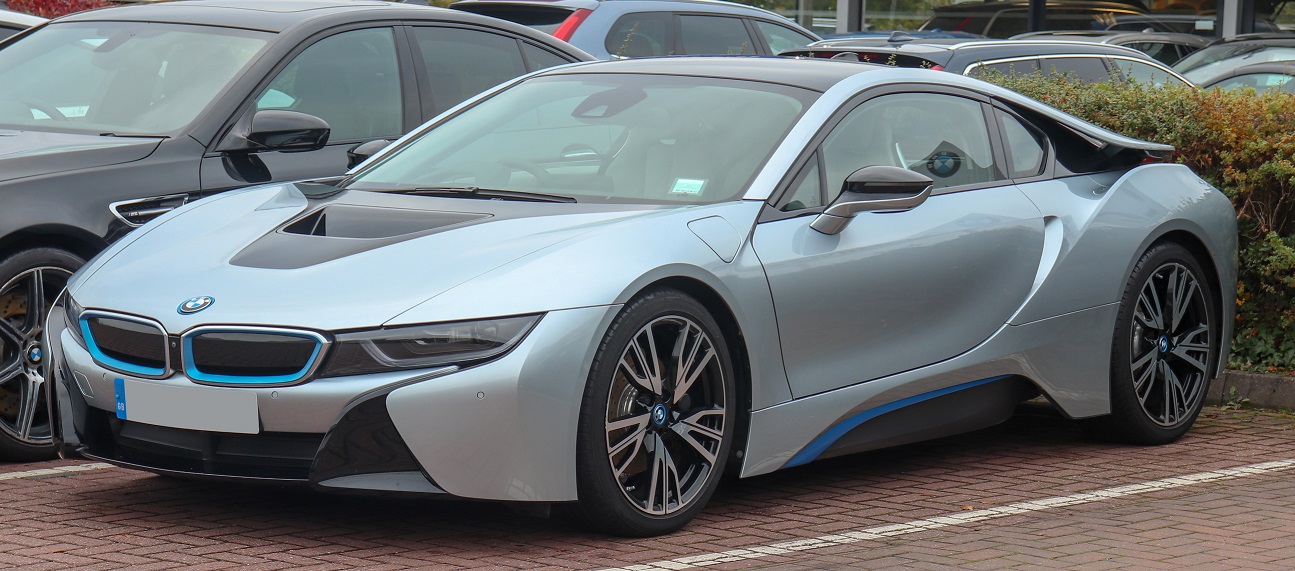Branding Magazine features our very own Founder and CEO Erich Joachimsthaler, in their latest installment of “What the Leading Brand Thinkers Really Think” – a series in which they drill down past the packaged “thought leadership” of leading brand consultants and examine what today’s essential thinking is, or isn’t – taking a look at digital not as a mechanism, but as a mindset. See below for a short video of Erich’s talk with Chuck Kent of Branding Magazine along with excerpts from their interview.
Branding Magazine: Digital is such a broad topic. I know that you have invested in addressing it in a number of different ways, including your Digital Darwinism Summit, and your various digitally-related reports, such as your recent study on social currency. But I’d like to back up a bit and explore some of the thinking in “Bridging the CMO/CIO Gap,” which you produced in conjunction with SAP.
It raises five key issues, the first being new methods to understand customers and their use of technology. Since we often hear marketers dismiss digital insights gathering as merely “shiny new objects” for consumer research, can you share what you see as the most profitable or even transformative ways that digital is helping us understand customers?
Erich Joachimsthaler: Let me give you a good example. We work with a platform that is part mobile diary, part social network, and part community, with which we can actually track the daily life of consumers and interact with a large group in real time. The participants engage with each other, and we map how consumers really live and buy and shop.
BM: Your report also speaks to the second point, which is how digital creates new business models and ideas on how to generate sales. Do you have any favorite examples of this?
EJ: Yes, absolutely. What’s important is that business models need to be distinguished between demand side models and how you create new value on the supply side. These are two different things, and we always forget the supply side and how do you really capture the value.
A good example is the car industry. Almost every large car company today knows that consumers no longer want a car, they want somebody to sell them mobility. Everyone is experimenting with additional services, specifically mobility services, often times associated with the electric car.
Think about BMW and its i Division; it has a small car called the i3, and a larger car, the i8.

The point about these electric vehicles is not the cars themselves, even though they are amazingly beautiful (especially the i8, with its wing-style doors). The most beautiful part is that they are connected devices, like your mobile phone, connected to the cloud, wherever the car goes.
When you think of the business model here, you think of a future where the car is actually sold at cost, much as you buy a mobile phone today. BMW or other car companies make the money on the services that they sell over the months and years of usage of that car.
There are services such as DriveNow or ParkAtMyHouse, which are like Airbnb, but offered in a car. Now you can park at another person’s garage instead of in public parking, at a much cheaper rate. The service automatically identifies your car as you drive into Munich and tells you what private car garages are available for the day or for that weekend, so you can actually park share.
BM: So the whole paradigm of looking at people as customers — is that irrelevant now? Is that inherently too transactional if we need to connect to people as human beings on a more essential level?
EJ: Looking at people as customers is an outmoded notion. You need to look at people as humans. Today, one of the hardest topics in customer experience is customer journey mapping. Everybody maps a customer journey, whether they still map the funnel or they map several loops, a customer decision journey or whatever other methodology they use.
But 95% of a person’s day is not lived on that journey, so you’re really only studying the 5% when people are in a buying mode. That’s not where the action lies.
Click here for the full interview.
